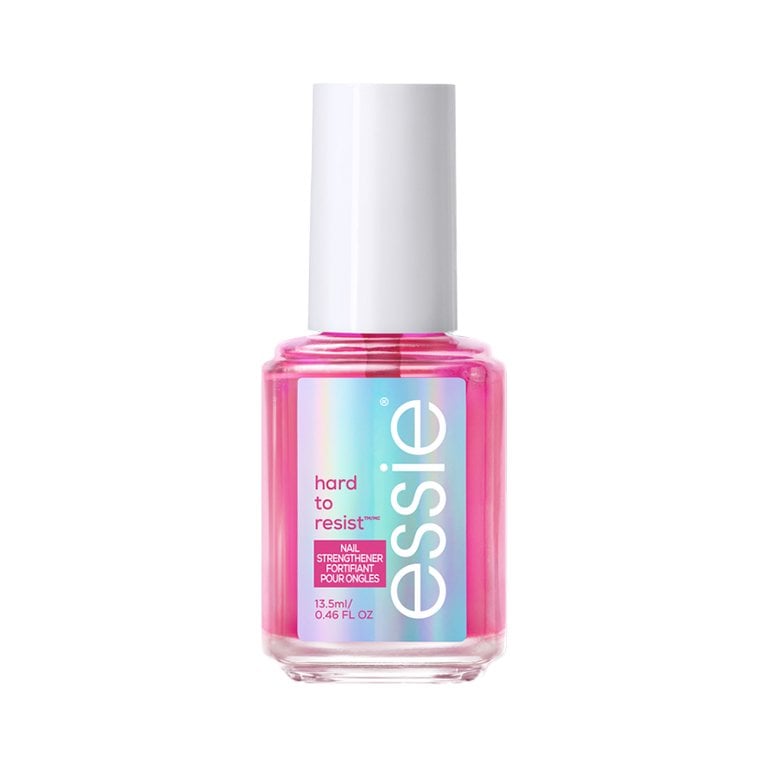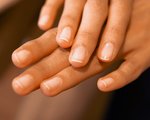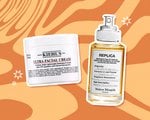5 Ways Acrylics Can Damage Your Nails — and How to Prevent It From Happening
October 21, 2022
Do Acrylics Actually Damage Nails?
Nope. “The actual product doesn’t do damage,” says Kandalec. “Like other nail enhancements, the damage comes from improper prep, application or most commonly, removal; aka the person doing them or removing them.”

What Can Cause Nail Damage From Acrylics?
The Prep Process
Watch out for the over-filing of your natural nails. When you get acrylics, the nail tech wets a brush with a liquid known as monomer, then dips it into a powder, called polymer, which then gets applied to your nails. If the monomer contains an ingredient called methyl methacrylate, or MMA, over-filing is more likely. “MMA is not safe or designed to be used on the natural nail plate, so it relies on a very rough surface to be able to adhere,” says Kandalec. “Safe monomers or ethyl methacrylate (EMAs) only require minimal, light buffing to remove the shine before application.”
Over-filing can also cause “rings of fire,” or irritated red rings at the base of your nail. Sometimes this happens as a result of a nail tech being too heavy-handed with a file or using the file at an improper angle.
Another warning sign to look out for? Make sure your nail tech doesn’t get monomer on the skin around your nails. If this happens often, it can cause an allergic reaction, redness or itching, says Kandalec.
Acrylic Removal
“If your nails are removed with anything except a file or an acetone-based solvent, like dental floss, a credit card or another nail tip, run!” says Kandalec. “Your nails will suffer major damage that will take weeks or months to grow out. This will also cause subsequent nail enhancements to not adhere as well, starting a vicious cycle.”
How to Keep Your Nails Healthy With Acrylics
Kandalec recommends never waiting longer than four weeks to get your acrylics filled in, or “rebalanced,” as she likes to say. “Think of it this way: when your nails are freshly done, it's like two kids of equal weight on a teeter-totter,” says Kandalec. “As the nails grow out, the weight moves to one side and is no longer balanced in the center, as if a child and an adult got on the teeter-totter. After four weeks, the weight of the enhancement becomes too unbalanced, which can cause damage to your natural nails.”
If you’re getting your nails removed, she suggests finding a reputable salon that charges for removal. “If you are paying for their time, you will have a safer removal process than if it is advertised as very inexpensive or free,” she says.
To care for and strengthen your nails after removing acrylics, our editors recommend using a clear, strengthening polish treatment like Essie Hard to Resist, which has nail bonding technology to repair brittleness.

If you have to remove your nails at home, you can follow Kandalec’s easy three-step tutorial below.
Photo: Julie Kandalec
































